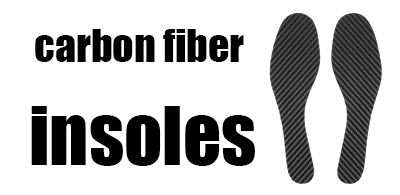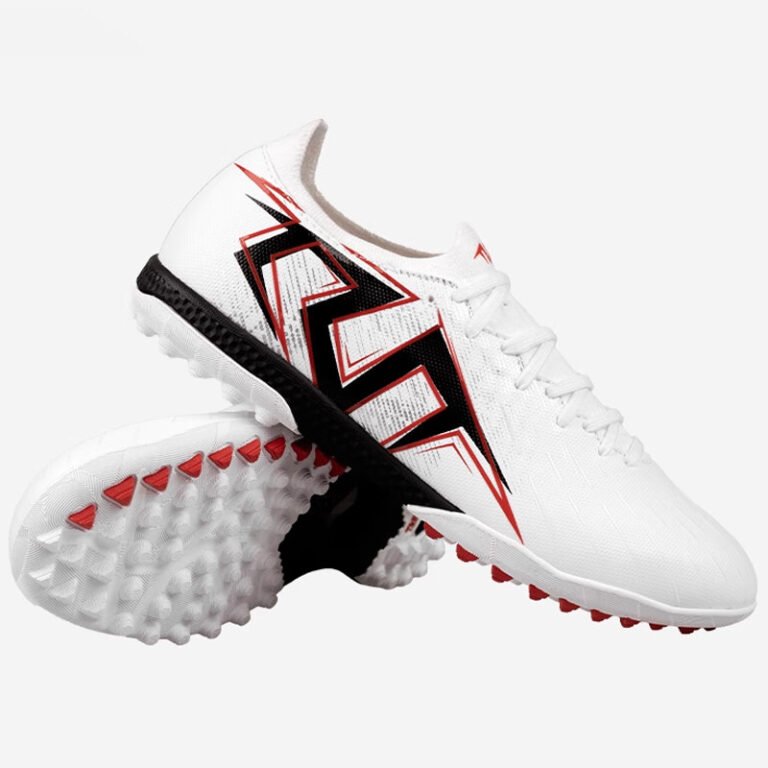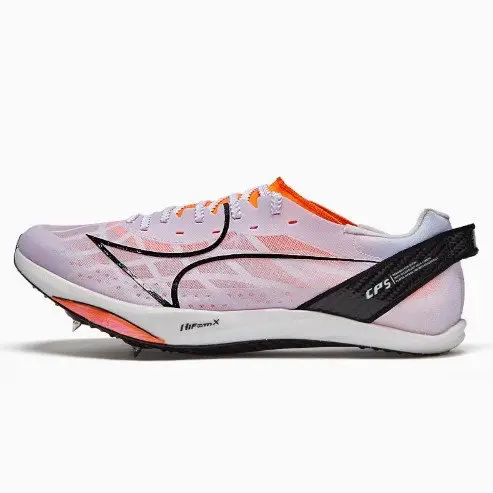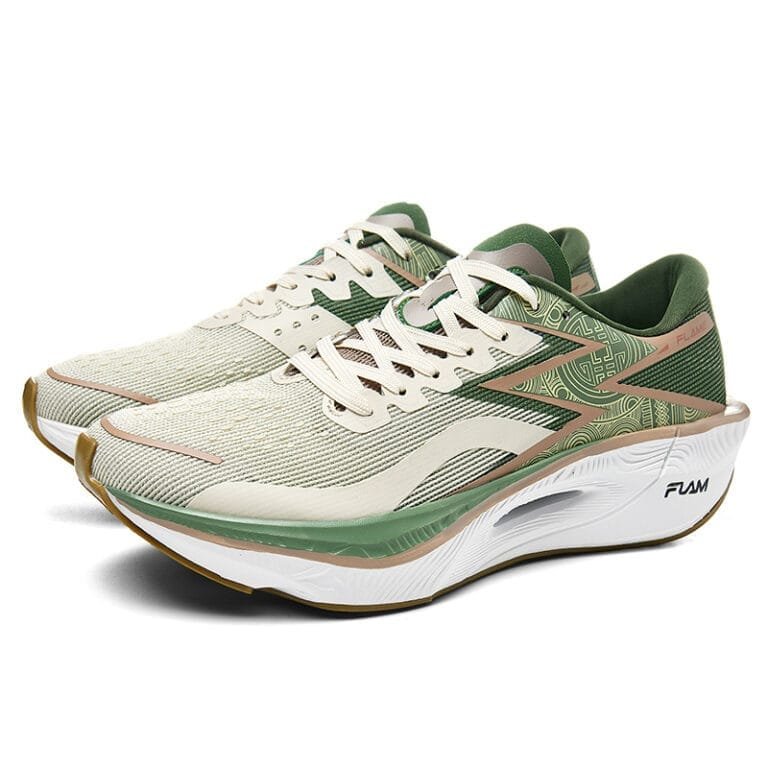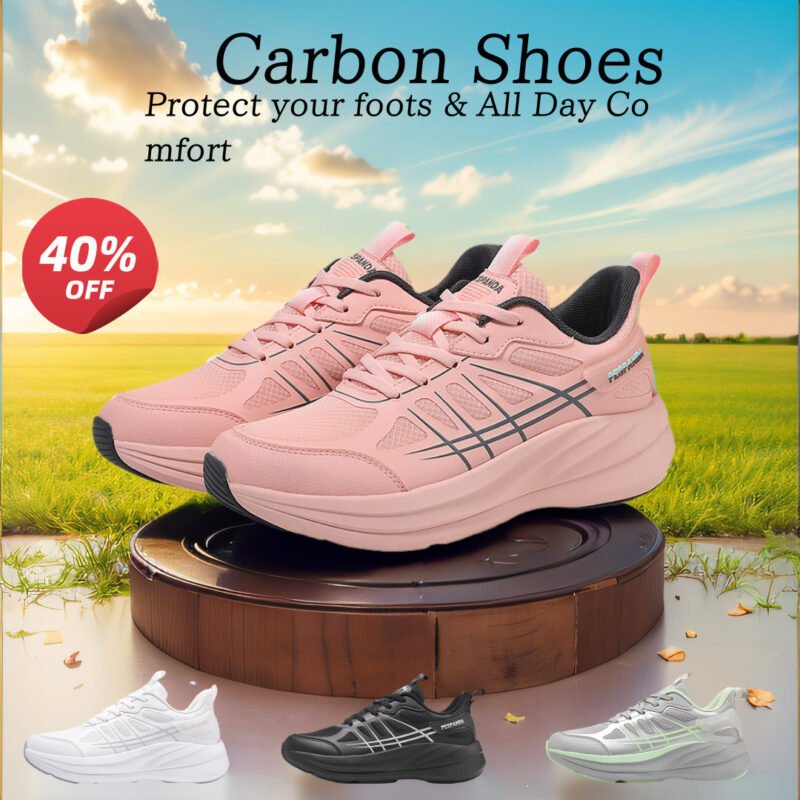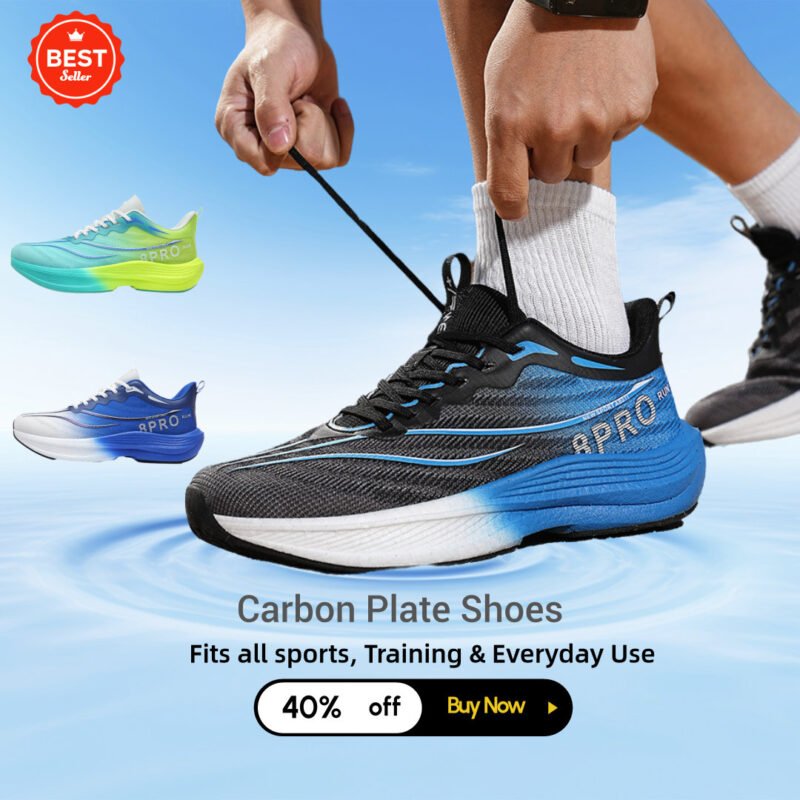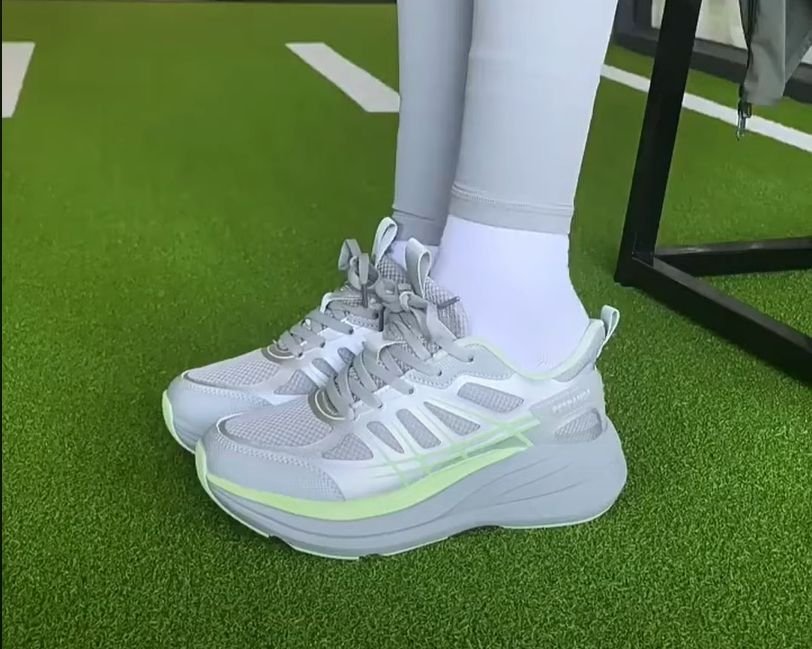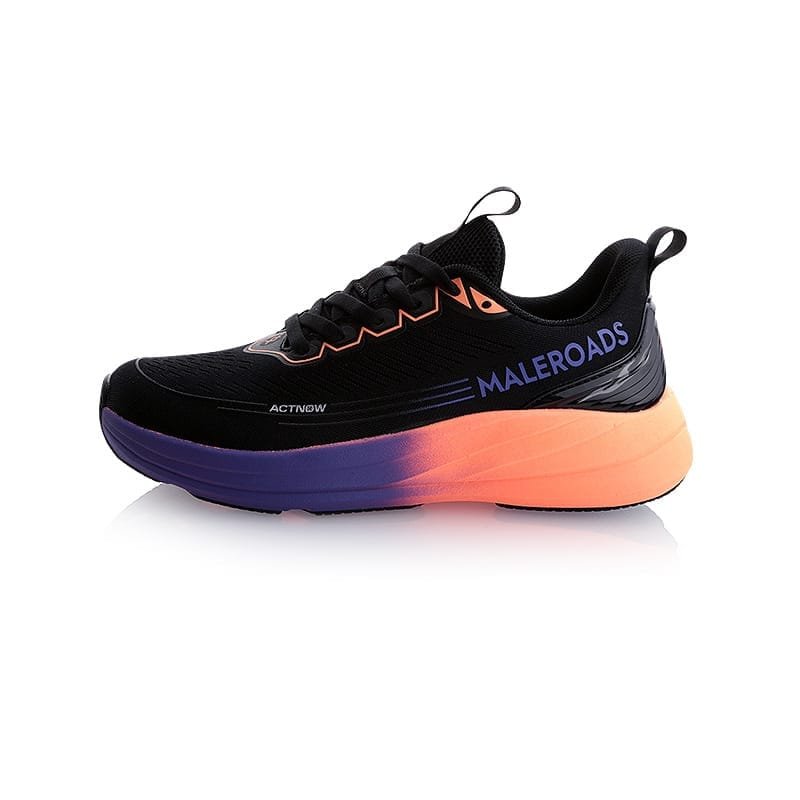Wondering if the right footwear can reduce running fatigue? Explore how carbon plate running shoes, shock-absorbing shoes, casual shoes, and training shoes impact energy efficiency, comfort, and endurance.
-
- Select options This product has multiple variants. The options may be chosen on the product page
-
- Select options This product has multiple variants. The options may be chosen on the product page
-
- Select options This product has multiple variants. The options may be chosen on the product page
-
- Select options This product has multiple variants. The options may be chosen on the product page
Introduction
Running fatigue isn’t just about fitness—your footwear plays a pivotal role. From elite athletes to weekend joggers, the right pair of running shoes can reduce muscle strain, improve energy efficiency, and make every mile feel lighter. But not all shoes are created equal. This article examines how specialized designs like carbon plate running shoes, shock-absorbing shoes, casual shoes, and training shoes affect fatigue levels and help you run longer with less effort.
How Running Shoes Reduce Fatigue
Modern running shoes combat fatigue through three key innovations:
- Energy Return– Advanced foams and plates (e.g., carbon plate running shoes) recycle kinetic energy into forward motion.
- Impact Absorption– Shock-absorbing shoes minimize stress on joints and muscles.
- Biomechanical Support– Proper arch stability and heel-to-toe transitions prevent wasted effort.
1. Carbon Plate Running Shoes: The Efficiency Boosters
Carbon plate running shoes have revolutionized competitive running by making strides feel effortless. Here’s how they work:
- Carbon Fiber Plates: These rigid, lightweight plates act like springs, propelling you forward with each toe-off. Studies show they improve running economy by 4–6%, effectively delaying fatigue.
- High-Response Foams: Paired with materials like Nike’s ZoomX or Adidas’ Lightstrike Pro, they maximize energy return.
- 2025 Standouts:
- Nike Alphafly 3– Dual carbon plates + Air Zoom pods for marathon-ready efficiency.
- Saucony Endorphin Pro 4– A budget-friendly option with a curved carbon plate.
Best For: Race days, tempo runs, or runners prioritizing speed.
Limitations: Stiffness can strain calves during daily training, so pair them with training shoes for balance.
2. Shock-Absorbing Shoes: Protect Your Joints
Shock-absorbing shoes focus on cushioning rather than speed, making them ideal for injury-prone runners or long-distance sessions:
- Gel, Air, and Foam Tech: ASICS’ Gel-Nimbus 25 and Hoka Bondi 8 use layered cushioning to dissipate impact forces.
- Reduced Muscle Soreness: By absorbing 30–40% of ground reaction forces, they lower post-run fatigue.
- Trade-Off: Heavier designs (300+ grams) may feel sluggish compared to carbon plate running shoes.
Best For: Recovery runs, high-mileage training, or runners with joint issues.
3. Casual Shoes: A Hidden Fatigue Risk
While casual shoes like Allbirds or Skechers are comfortable for walking, they lack the structure needed for running:
- Flat Outsoles: Poor arch support forces muscles to compensate, increasing fatigue.
- Minimal Cushioning: Thin midsoles amplify impact on knees and hips.
- 2025 Upgrades: Brands like Brooks and On Running now offer hybrid casual shoeswith light cushioning for short, easy runs.
Best For: Walking or runs under 2 miles. Avoid using them for serious training.
4. Training Shoes: The Balanced Workhorse
Training shoes strike a middle ground between cushioning and responsiveness:
- Durable Design: Models like the Brooks Ghost 15 or New Balance 880v6 withstand daily miles without breaking down.
- Versatile Support: Moderate arch stability and foam density suit most foot strikes.
- Fatigue-Fighting Tech: Some integrate nylon plates (softer than carbon) for a mild energy boost.
Best For: Daily training, long runs, or runners seeking a do-it-all shoe.
Choosing the Right Shoe to Combat Fatigue
Match your footwear to your goals:
- Race Day: Prioritize carbon plate running shoesfor maximum efficiency.
- Long Runs: Combine shock-absorbing shoeswith training shoes to balance cushioning and durability.
- Daily Wear: Avoid casual shoesfor runs over 30 minutes—opt for supportive training shoes
Pro Tip: Rotate between 2–3 pairs (e.g., one carbon plate for speedwork, one shock-absorbing for recovery) to extend shoe lifespan and reduce injury risk.
Final Verdict
Yes, the right running shoes can make running less tiring—but only if they align with your needs. Carbon plate running shoes excel at conserving energy for competitive runners, while shock-absorbing shoes protect joints during high-mileage weeks. Meanwhile, training shoes offer a versatile solution for everyday use, and casual shoes should stay reserved for non-running activities. By understanding these categories, you’ll spend less energy fighting fatigue and more enjoying the run.
